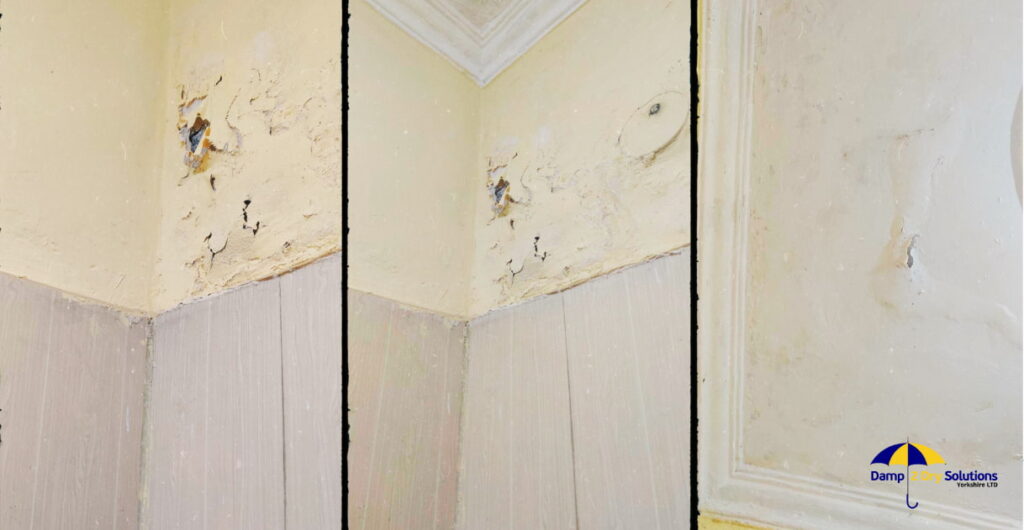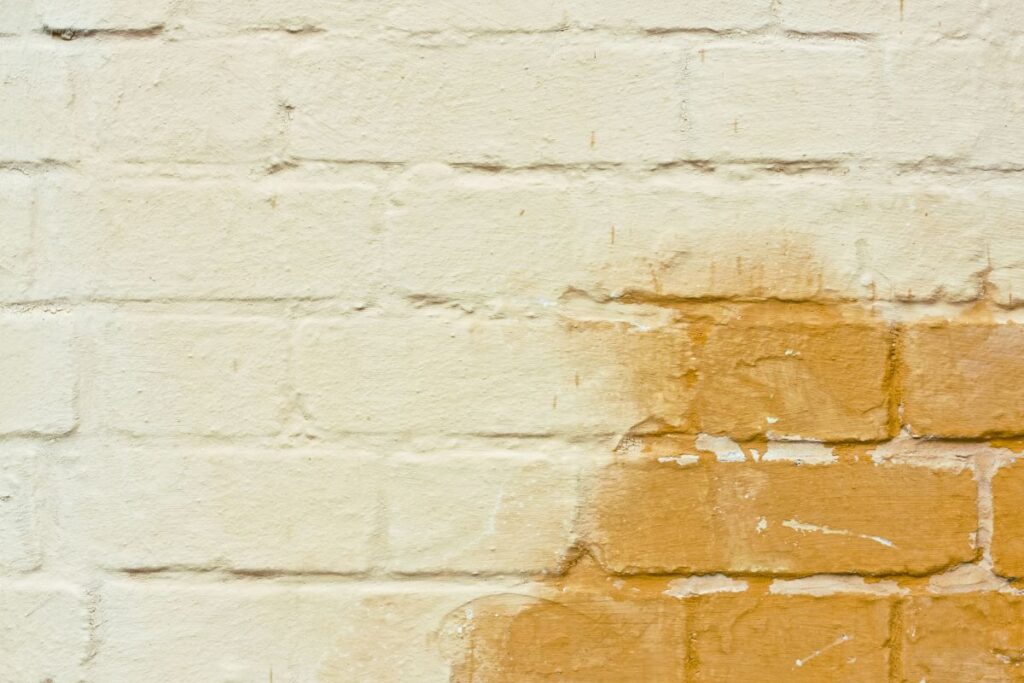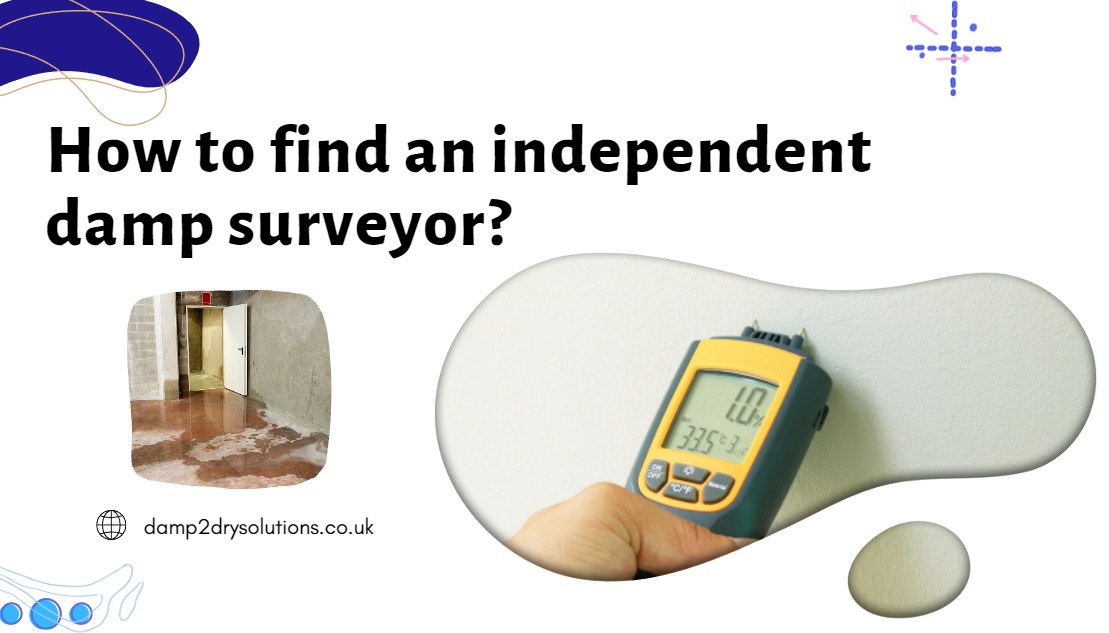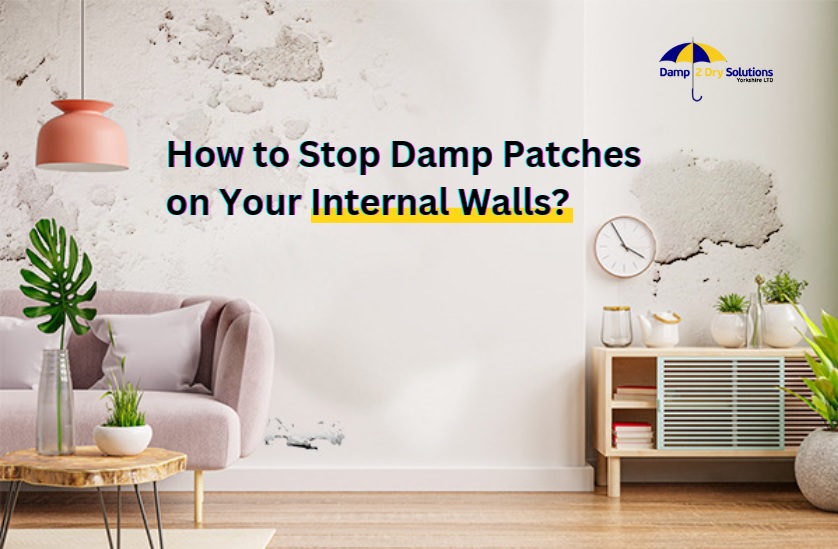Damp proofing tackles rising damp in walls, distinct from humidity control, which targets condensation, or waterproofing, which shields against penetrating dampness and water infiltration from other sources.
As indicated by the post title, this focuses on crucial aspects of managing wall dampness. Many homeowners have encountered dampness in their houses, an experience never welcomed.
Dampness can lead to flaking paint, crumbling plaster, peeling wallpaper, and deteriorating skirting boards, affecting your interior decor. Its most visible consequence is transforming your home’s atmosphere from cosy and inviting to unwelcoming and unpleasant.
Failure to address damp issues promptly could result in serious complications later. This guide explores moisture-proofing techniques for interior walls.
Understanding the Reasons Behind Damp Walls: Factors that Contribute to its Necessity

1. Age of the building: Older buildings tend to encounter more issues with dampness due to less effective materials and construction methods that allow moisture into the walls. If you reside in an older building, staying vigilant for signs of dampness is wise, and considering damp proofing can safeguard your walls.
2. Quality of the original construction: The standard of initial construction also influences a wall’s susceptibility to dampness. Poor construction or inadequate sealing can make a wall more prone to moisture infiltration. Damp proofing in such cases can rectify problems and prevent further damage.
3. Climate and weather conditions: The local climate and weather conditions contribute significantly to the necessity for damp proofing. Areas with high humidity or frequent rainfall increase the likelihood of damp walls. Taking extra precautions, such as damp proofing, becomes essential to shield your walls.
4. Plumbing issues: Plumbing issues, such as leaks or burst pipes, can also lead to dampness in your walls. If you suspect any plumbing problems, immediate attention is crucial to prevent further water damage. Addressing these issues promptly can help mitigate the risk of dampness and subsequent structural damage to your walls.
Discovering the Root Cause of Dampness: Identifying the Type of Damp
Locating the source of moisture is the first step in repairing damp walls. You will need to conduct inside and external home inspections to accomplish this.
Damp spots on walls can be caused by a wide variety of concerns, including:
- Condensation
- Permeation of rainwater
- Faulty roofing
- Gutters that are leaking
- Roots causing damage to foundations or moisture-proof courses
- Rising humidity
- Defective window and door sealing
- Cavity Insulation of the walls
After determining the root of the problem, you should address it before addressing the effects of moisture inside your home.
Here’s some information on frequent causes of dampness:
1. Condensation
If you believe that your home is damp due to condensation (extra moisture on windows and black mould on surfaces), you can counteract this by keeping your home adequately ventilated. Installing a positive input ventilator unit or boosting airflow with a passive vent may be necessary.
2. Rising Damp
If moisture is the cause of your damp walls, you will most likely notice salt tidal markings and dark patches on walls that are damp to the touch. For further information, please see our guide on treating increasing dampness.
3. Penetrating Damp
Your moist walls could be the result of construction flaws. These can be external or internal flaws. Some of the more typical external faults have already been mentioned, such as poor roofs, leaking gutters, and faulty downpipes.
Based on the substance used in your walls, you may be more susceptible to water entering this method, also known as penetrating damp. Water infiltration is more likely in walls that are thin or composed of porous materials.
Cavity walls are less susceptible to penetrating wet. Water can also enter your home through faulty or badly fitted seals around doors and windows.
These issues all result in moisture from outside entering your property and causing Damp Walls.
Effective Solutions for Preventing Moisture Damage
There are various damp-proofing options to consider
- Damp-proof course (DPC): A barrier, often made of materials like bitumen or plastic, fitted horizontally in walls to stop rising moisture from the ground.
- Damp proof membranes: Sheets made of materials like polyethylene or PVC that create a moisture barrier when placed over walls or floors.
- Tanking: Applying a waterproof coating or membrane on walls or floors to prevent water penetration.
- Cavity wall insulation: Injecting a water-repellent material between inner and outer walls to prevent moisture.
- Surface coatings or Damp proof paint: Waterproof coatings applied on external walls.
- Renovating plaster: Plaster with additives for better moisture resistance, used to repair damp-damaged walls.
- Drainage systems: Installed around buildings to direct water away from foundations.
- Ventilation: Essential for preventing moisture accumulation; achieved through air bricks or vents.
The best way to damp-proof walls is by installing a damp-proof course and sealing the walls with waterproof coatings, which are effective methods for UK homes.
Damp Proofing External Walls

Damp proofing external walls is a crucial step in maintaining a structurally sound and healthy building. The process involves protecting walls from moisture ingress, which can lead to various issues such as mould growth, structural damage, and health hazards.
There are several methods to damp proof external walls. One common approach is using waterproof coatings or membranes applied to the exterior surface. These barriers create a shield against rain, humidity, and groundwater, preventing water from penetrating the walls.
Another effective technique is cavity wall construction, where an air gap or cavity is present between the inner and outer walls. This cavity, along with proper insulation and ventilation, helps in preventing moisture transfer to the inner wall, maintaining a dry interior.
Furthermore, installing adequate drainage systems like gutters and downspouts can divert rainwater away from the building, reducing the chances of water seepage into the walls.
Regular maintenance and timely repairs of cracks, gaps, or damaged areas on the external walls are also essential to prevent moisture ingress.
Proper damp proofing not only safeguards the structural integrity of the building but also contributes to a healthier indoor environment by preventing damp-related issues like mould, mildew, and respiratory problems.
Damp2dry: Damp Proofing experts
If you have any questions about moisture-proofing walls, whether interior, exterior, or foundation, please get in touch with our knowledgeable experts. Book a Free no-obligation damp survey by Damp2Dry CSRT qualified damp surveyors. We will advise you on the best goods and strategies to use to restore your home to its original condition.
The area we cover Leeds, Huddersfield, Doncaster, Rotherham, Beverley, Sheffield, Bridlington, Wakefield, Barnsley, Bradford, Halifax, Batley, and entire Yorkshire.







